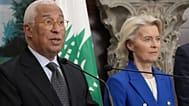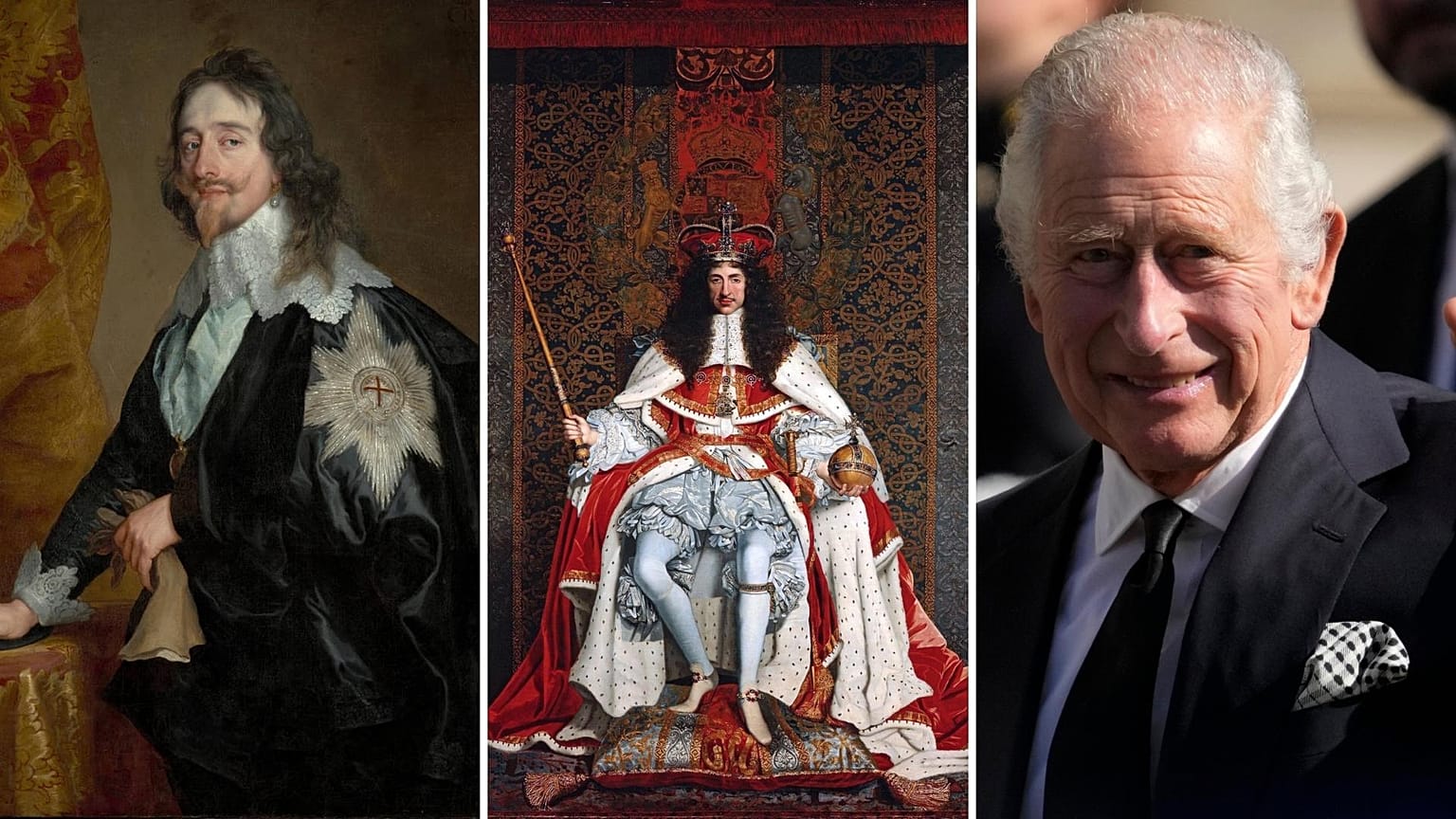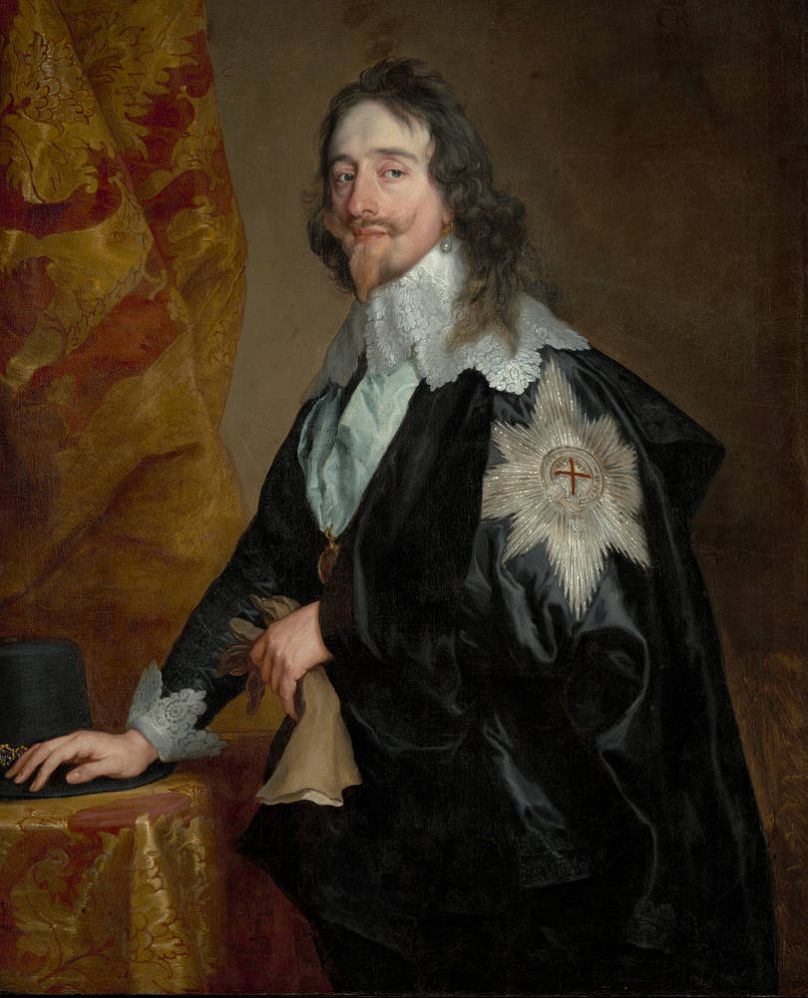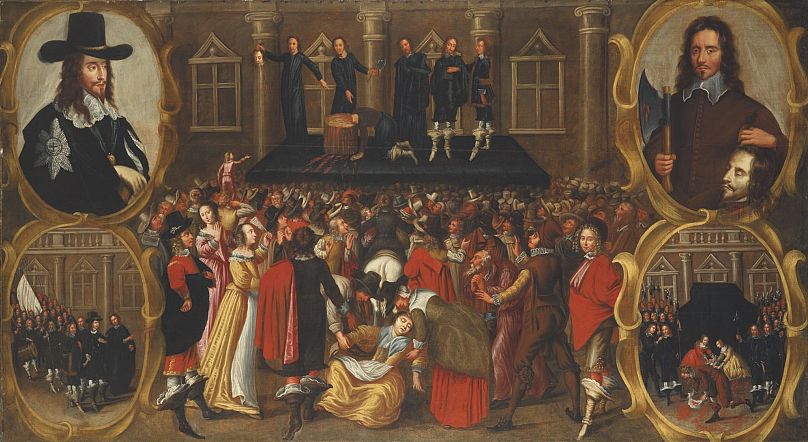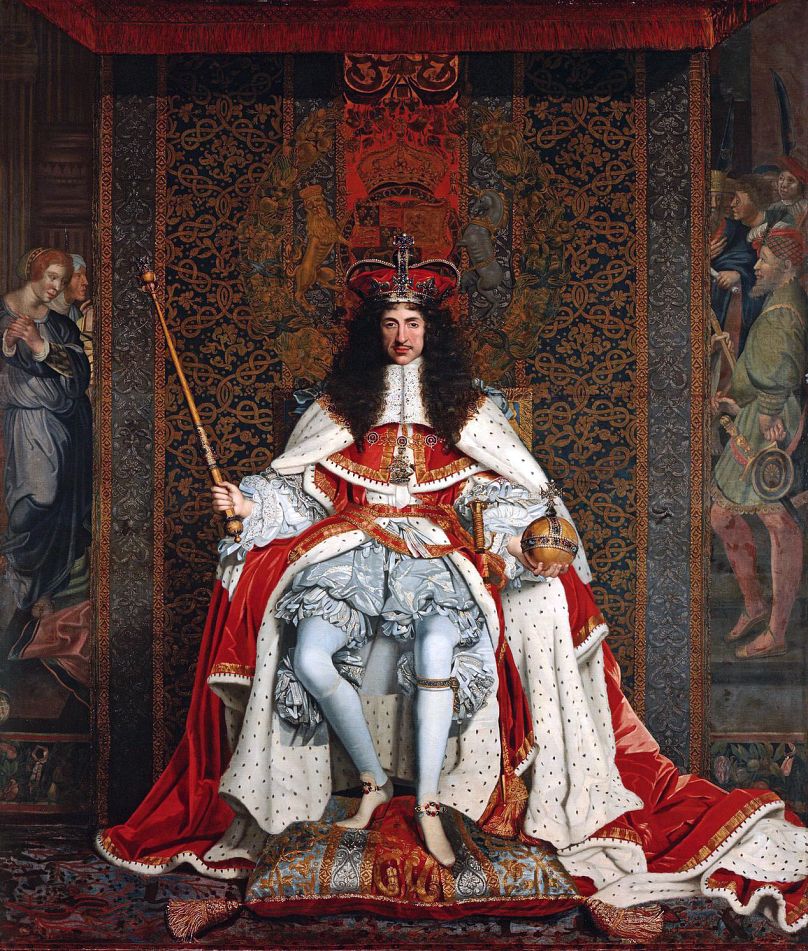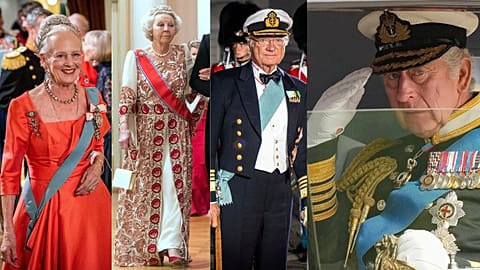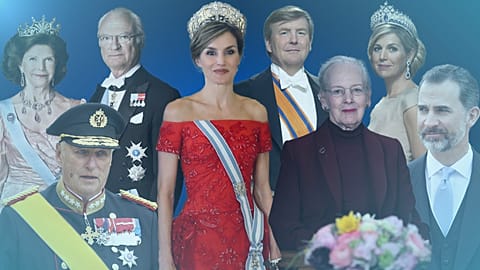Every monarch has their name, and every name has a history. The first two King Charles's to sit on the throne set quite a precedent.
King Charles III is the new monarch of the United Kingdom. Unless you’ve literally been living under a rock for the last week, you're bound to know that already.
But what you might not know is the person to replace Queen Elizabeth II wasn’t necessarily called King Charles III.
Let me explain.
It was always going to be the same guy. There isn’t a secret older child of Elizabeth II called Larry hanging around waiting to claim the crown.
Charles Philip Arthur George Windsor was destined for the throne from the day he was born. But the name he’d take when it was finally his turn to wear the crown wasn’t definite.
A monarch’s name isn’t automatically their first name.
While his mother went with her first name, previous monarchs have opted otherwise. The previous monarch, King George VI, was called Albert. George was one of his middle names.
Similarly, Queen Victoria’s actual first name was Alexandria and had Victoria as a middle name. King Charles III could have done likewise and picked a middle name as his monarchical title.
King Philip might have been a nice tribute to his father and King George would have continued a tradition with his grandfather, George VI. Choosing King Arthur might have one too many associations with fighting off dragons for a man who first sat on the throne aged 73.
So Charles went with… Charles.
The Third Carolean Age
No big surprises there, really. But by going for his first name, he’s decided to usher in a new era for Britain. The Second Elizabethan era has been replaced by the Third Carolean Age.
Well, it might be known as that.
Charles I’s reign is generally referred to as the Caroline Era, while Charles II’s reign is called the Carolean Era. Both derived from ‘Carolus’ the Latin for Charles.
Regardless of how the Latin fans decide to name his reign, the choice of becoming the third Charles on the British throne is significant as it frames his reign in the context of the two Charles’ who came before him.
And that’s interesting because historically, King Charles is a name associated with big changes.
So who were the first two?
King Charles I
Charles I’s reign was dominated by tension between the crown and parliament. Charles dissolved the parliament and ruled without it for 11 years between 1629 and 1640.
Civil War broke out after Charles attempted to imprison lawmakers in 1642. The King fought battles against the Scottish Parliamentary Army and Oliver Cromwell’s New Model Army during the next six years.
Charles was captured but refused demands for a constitutional monarchy (what the UK has today). Instead, he escaped only to lose another battle in 1648.
Charles I was convicted of high treason and executed in 1649. The monarchy was abolished and Oliver Cromwell was the first non-royal of the British Isles.
King Charles II
The second Charles to become king was Charles I’s son.
Born in 1630, Charles II fled to mainland Europe when his father was executed. He stayed abroad until 1660 when Britain restored the monarchy following Cromwell’s death in 1658.
Charles II’s reign was defined by the lack of power he had. Stripped of the ability to create laws without the consent of parliament, Charles II’s time on the throne set the tone for the constitutional monarchy that Britain has today.
Known as the “Merry Monarch”, King Charles II was popular for bringing back a flourishing arts scene after years of Cromwell’s puritanism.
He also got the nickname for fathering 12 illegitimate children but not a single actual heir.
Today, King Charles II is perhaps best remembered through the dog breed named after him, the King Charles Spaniel.
And now Britain has its third Charles. Which of the previous two’s legacies do you think he’ll try to take after?



